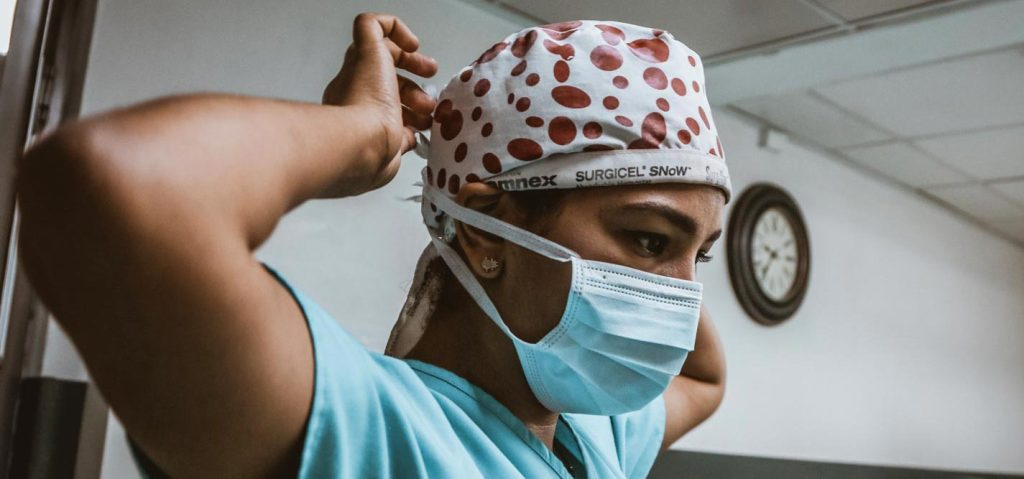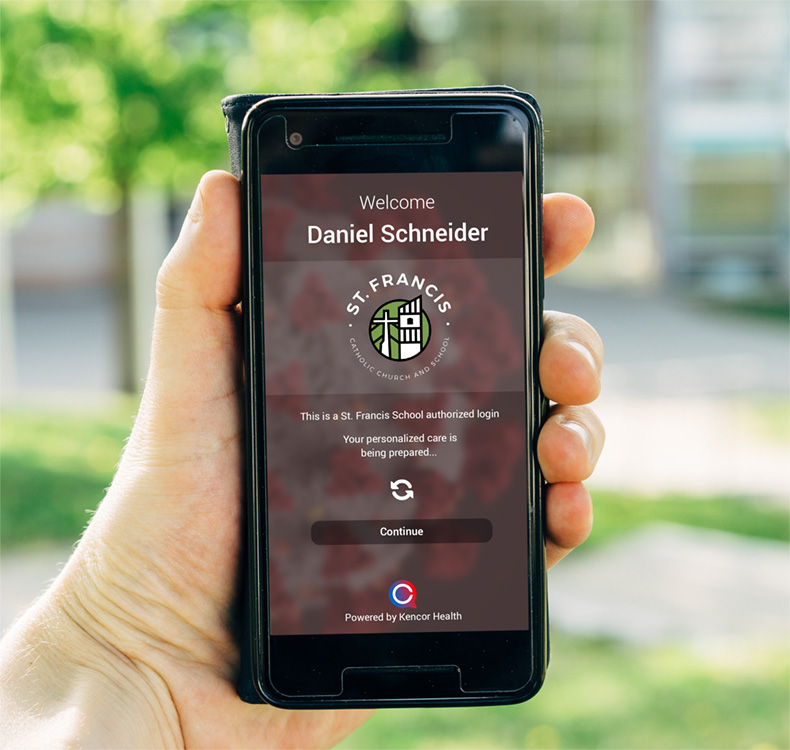
On November 5, 2025, the Centers for Medicare & Medicaid Services (CMS) released the final rule for the 2026 Medicare Physician Fee Schedule (PFS), introducing several long-awaited updates that reshape how clinicians can bill for Remote Patient Monitoring (RPM) services.
These finalized updates take effect January 1, 2026, and reflect CMS’s continued effort to align reimbursement with the realities of modern, technology-enabled care.
Key Updates to RPM Billing Codes
The 2026 Final Rule introduces new codes and clarifies existing ones to increase billing flexibility and support real-world patient engagement.
CPT 99445 – New Short-Duration Monitoring Code
What it covers: 2–15 days of RPM data collection within a 30-day period.
Why it matters: Enables billing for shorter monitoring periods that were previously unreimbursable.
CPT 99454 – Revised Device Supply Code
What it covers: 16–30 days of device data transmission within a 30-day period.
Why it matters: Clarifies billing timeframe and ensures consistent, fair valuation for device supply.
CPT 99470 – New Clinical Management Code
What it covers: 10 minutes of clinical management and patient interaction per month.
Why it matters: Allows reimbursement for brief, meaningful patient touchpoints that improve outcomes.
CPT 99457 – Ongoing Treatment Management
What it covers: First 20 minutes of monthly clinical staff or physician RPM management.
Why it matters: Continues to support routine RPM engagement and proactive patient care.
CPT 99458 – Additional Treatment Management Time
What it covers: Each additional 20 minutes of RPM management beyond CPT 99457.
Why it matters: Rewards extended clinical engagement for complex or high-risk patients.
Why These Changes Matter
Greater Flexibility for Providers: CMS has removed the 16-day requirement, allowing billing for 2–15 days of monitoring. This supports variable patient adherence, short-term monitoring for acute conditions, and reduces lost revenue from partial data collection.
Recognition of Shorter Care Interactions: New codes such as CPT 99470 allow billing for brief but meaningful check-ins and data reviews, rewarding proactive engagement that helps prevent complications.
Alignment with Value-Based Care: These updates strengthen RPM’s role in value-based care by rewarding continuous monitoring, early intervention, and improved patient outcomes rather than service volume.
Valuations and Reimbursement Outlook
Under the 2026 Final Rule, CMS has shifted its valuation approach for Remote Patient Monitoring (RPM) and Remote Therapeutic Monitoring (RTM) codes to rely on Outpatient Prospective Payment System (OPPS) Geometric Mean Cost data instead of practice-based invoices. This means reimbursement will now be calculated by dividing each code’s OPPS cost by the annual Physician Fee Schedule (PFS) Conversion Factor to create a more standardized, auditable method. For example, the new short-duration RPM code 99445 (for monitoring under 16 days) will be valued using this OPPS methodology, while 99470, the new 10-minute treatment management code, is set at 0.31 work RVUs, roughly half the current 20-minute code (99457). CMS emphasized that this shift reflects its broader effort to modernize practice expense calculations and better capture the software, cloud storage, and cybersecurity costs that underpin today’s digital care models.
What This Means for Clinics
Clinicians can now:
Bill for shorter monitoring periods (2–15 days).
Capture time spent on shorter management tasks.
Improve reimbursement accuracy through clearer coding.
Streamline workflows with simplified billing structures.
Kencor Health’s RPM platform is built to meet these new CMS standards with automated tracking, time logging, and accurate code recommendations that maximize compliance and reimbursement.
Final Takeaway
The 2026 CMS Final Rule marks a major step forward for Remote Patient Monitoring. By improving billing flexibility and recognizing real-world clinical effort, CMS reinforces RPM as a cornerstone of value-based, patient-centered care.
As these updates take effect on January 1, 2026, Kencor Health remains committed to helping providers adapt seamlessly through education, automation, and technology that drives better care and outcomes.
Want to learn how Kencor Health can help your clinic prepare for the 2026 CMS updates?

For more information on the CMS Final Rule for 2026, please see these additional resources:






